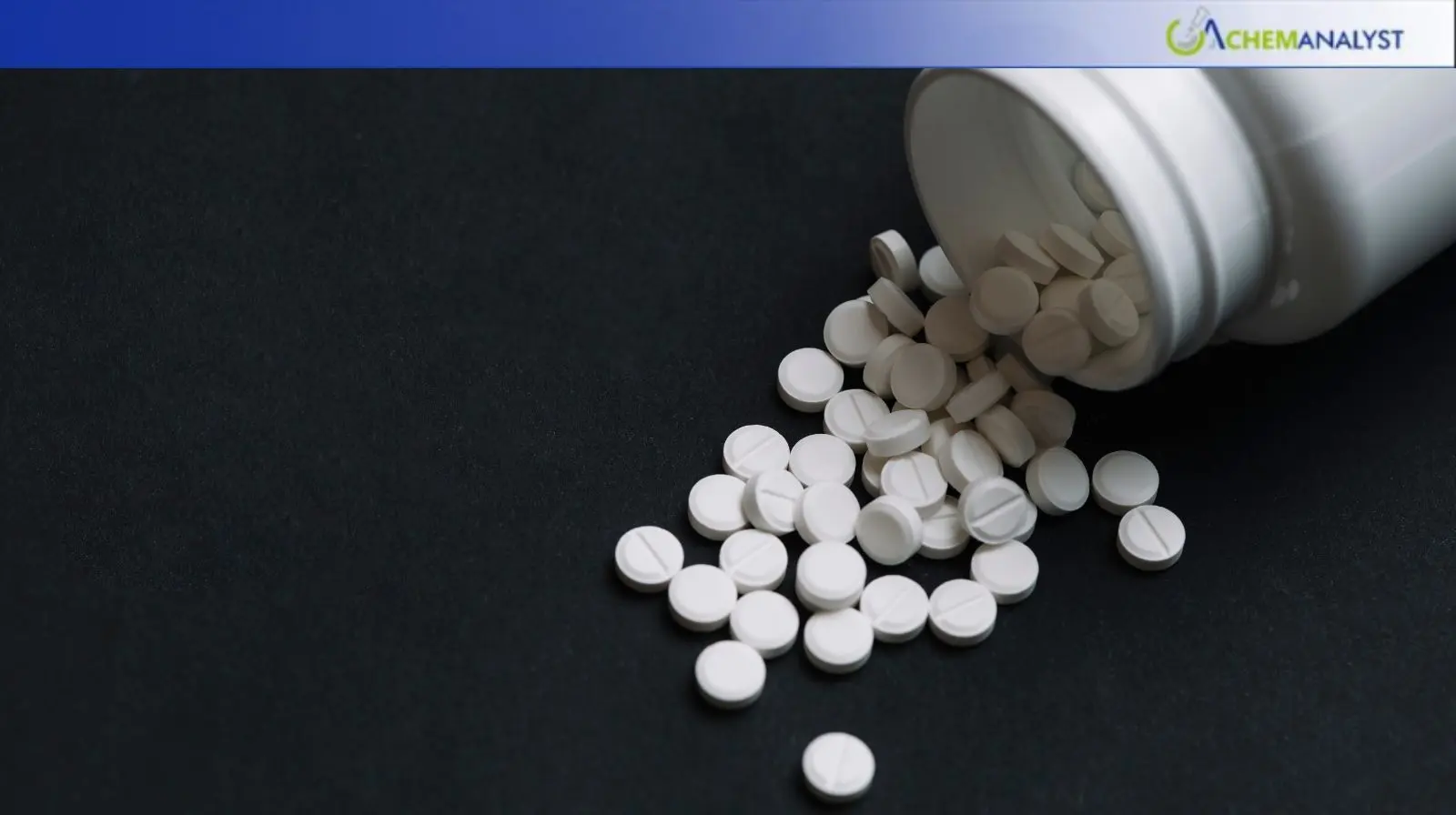Welcome To ChemAnalyst

US Terbinafine hydrochloride prices increased in September 2025, after decreasing in August, due to seasonal demand and a newly implemented Trump administration trade policy. Came into effect on September 25, the policy sends 100% of patented and branded imported foreign drugs that are exported from October 1 back to the foreign country unless their manufacturers set up US plants. This created wholesale buying of Terbinafine, driving prices higher. The US, which imports $252 billion of drugs in a year, mostly from Asia, is volatile in terms of price and facing shortages. Experts are anticipating Q4 price increases, while smaller distributors are struggling with margins and inventory. The policy, part of an overall trade agreement, can push companies to produce locally, but short-run volatility will come from the transition. Generics such as Terbinafine are less susceptible, but brand names are not certain. The October 1 deadline represents a critical change in the international pharmaceutical supply chain, with continued surveillance of the affordability and availability of Terbinafine.
Key Highlights:
US market prices of Terbinafine hydrochloride, a crucial antifungal drug, in September 2025 reversed their August fall on the momentum of seasonal demand and a dynamic trade policy adopted by the Trump administration. The phenomenon has monumental implications for the pharma industry, especially for medicine like Terbinafine hydrochloride, which is employed to cure chronic fungal infection.
Terbinafine hydrochloride typically experiences steady, round-the-clock demand since fungal infections are long-lasting. After the August price drop due to realignments in the supply chain, September saw a quick rebound. Increased procurement activity and supply chain reconfigurations contributed, but the deciding factor was a developing US trade policy. On September 25, US President Trump announced a 100% tariff on imported branded and patented medicines from October 1, unless manufacturers establish local production facilities. It triggered a spate of bulk orders in large quantities by consumers to stock Terbinafine hydrochloride and other medicines to pre-empt the incoming tariffs, driving prices higher steeply.
US pharmaceutical industry, which received $252 billion worth of drugs in the last year largely from Asia, stands to experience major dislocations. Tariff policy promises price shock and possible shortages of popular prescription medicines such as Terbinafine hydrochloride. Industry analysts predict a spectacular fourth-quarter price shock as distributors and importers prepare to the new tariff policy. Small distributors would be most affected by trimmed profit margins and logistics woes in acquiring inventory levels, further generating market volatility.
The October 1 deadline is a cut-theory point for the global pharma supply chain. Previous hints from the Trump administration, most recently in July, when 200% tariffs were proposed as an option, signaled a hard-line policy toward using the pharmaceutical industry in trade negotiations. While the increased tariffs were not permanently imposed, their potential is changing supply and price structures for critical medicines such as Terbinafine hydrochloride.
Pharma firms are now reviewing their strategy, with some considering domestic production to counter the impact of tariffs. But changing gear to domestic production is a lengthy, complicated process, and in the meantime the market is vulnerable to short-term price instability and supply upset. The imperative to localize will ultimately reshape the global supply chain, but in the meantime the players have to deal with an unfavourable regime of escalating costs and possible disruption. Meanwhile, as the market is rebalancing, the price and supply of Terbinafine hydrochloride will be closely observed in the months ahead.
We use cookies to deliver the best possible experience on our website. To learn more, visit our Privacy Policy. By continuing to use this site or by closing this box, you consent to our use of cookies. More info.
